In the given (V-T) diagram, what is the relation between pressure P1andP2 ?
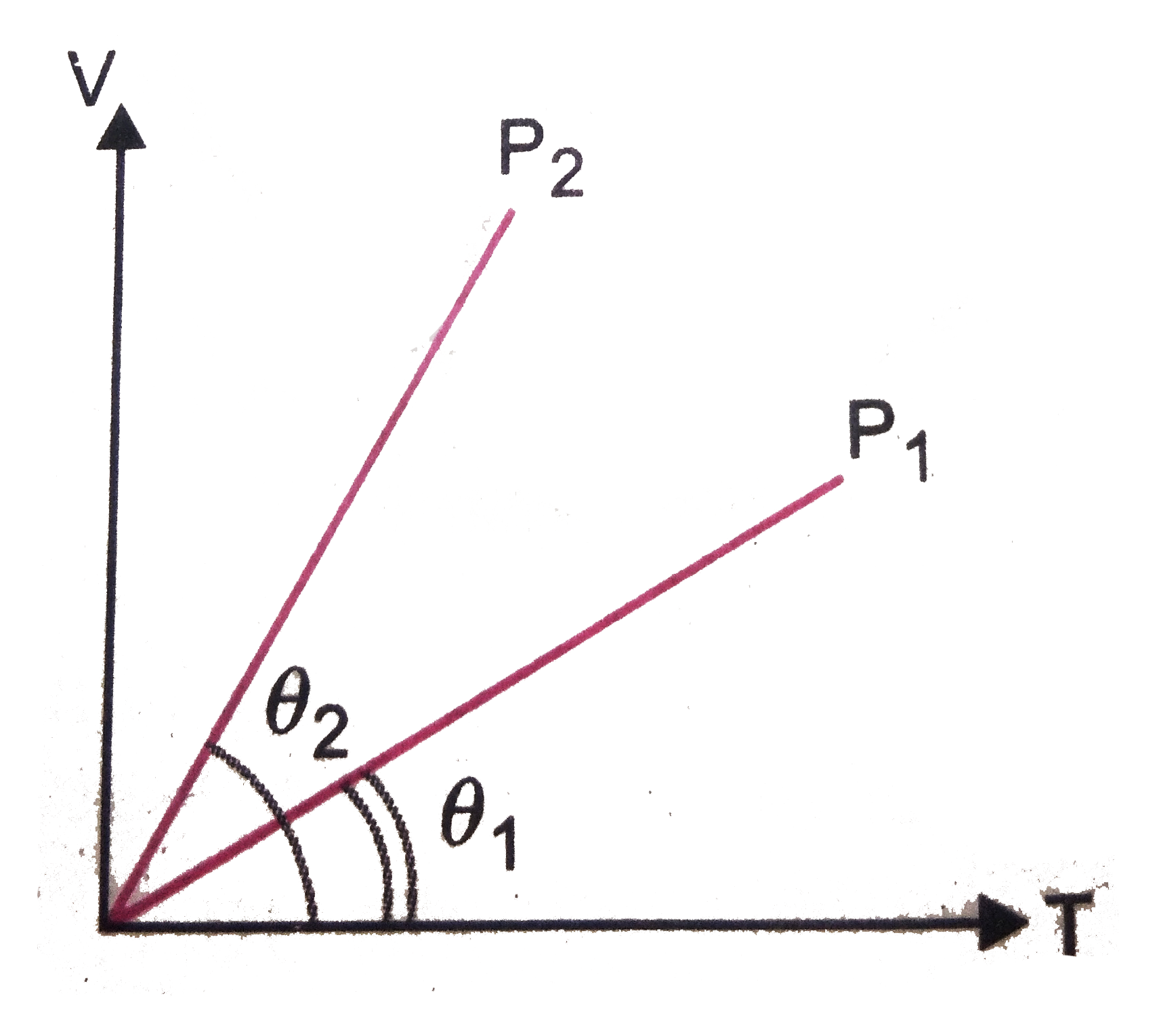
P2=P1
P2>P1
P2<P1
cannot say
The correct Answer is:C
In an isobaric process, P= constant, and
V∝TorV=(nRP)T
∴V−T graph is a straight line with slope ∝1/P.
In (figure), (slope)2>(slope)1
∴P2<P2.
Topper's Solved these Questions
- BOOK - PRADEEPCHAPTER - THERMODYNAMICSEXERCISE - Interger Type questions11videos
THERMODYNAMICS
- BOOK - PRADEEPCHAPTER - THERMODYNAMICSEXERCISE - Assertion- Reason Type Questions19videos
THERMODYNAMICS
- BOOK - PRADEEPCHAPTER - THERMODYNAMICSEXERCISE - Multiple choice questions (NCERT)10videos
THERMODYNAMICS
- BOOK - PRADEEPCHAPTER - SYSTEMS OF PARTICLES AND ROTATIONAL MOTIONEXERCISE - Assertion- Reason Type questions20videos
SYSTEMS OF PARTICLES AND ROTATIONAL MOTION
- BOOK - PRADEEPCHAPTER - WORK, ENERGY AND POWEREXERCISE - Assertion-Reason Type Questions24videos
WORK, ENERGY AND POWER
Similar Questions
Initially two gas samples 1 and 2 are at the same condition. The volume of the two are halved, one isothermally and the other adiabatically. What is the relation between the final pressures p1 and p2?
View SolutionThe electric potential at a point P due to two charges in fig (a) is V1 and in fig (b) is V2. Consider the given object to be a ring. What is the relation between V1andV2? Explain your answer.
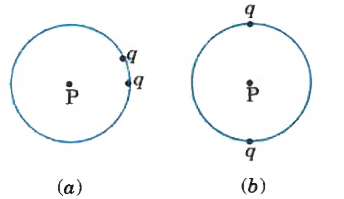 View Solution
View Solution
Knowledge Check
- Question 1 - Select One
In the given (V-T) diagram, what is the relation between pressures P1 and P2 ?
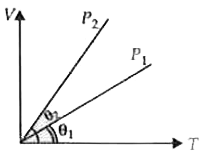 AP2>P1BCannot be predictedCP2=P1DP2>P1
AP2>P1BCannot be predictedCP2=P1DP2>P1 - Question 2 - Select One
In V-T diagram shown in fig., what is the relation between P1andP2 ?
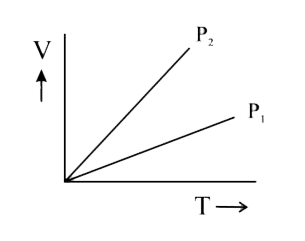 AP2andP1BP2>P1CP1>P2DCannot say
AP2andP1BP2>P1CP1>P2DCannot say - Question 3 - Select One
In the following V - T diagram what is the relations between P1andP2 :
 AP2=P1BP2>P1CP2<P1DCan not be predicted
AP2=P1BP2>P1CP2<P1DCan not be predicted
At a constant temperature, what is the relation between pressure P and density ρ of gas?
View SolutionRelation between pressure (p) and energy (E) of a gas is
View SolutionRelation between pressure (P) and energy (E) of a gas is :
View SolutionIn the given elliptical P−V diagram
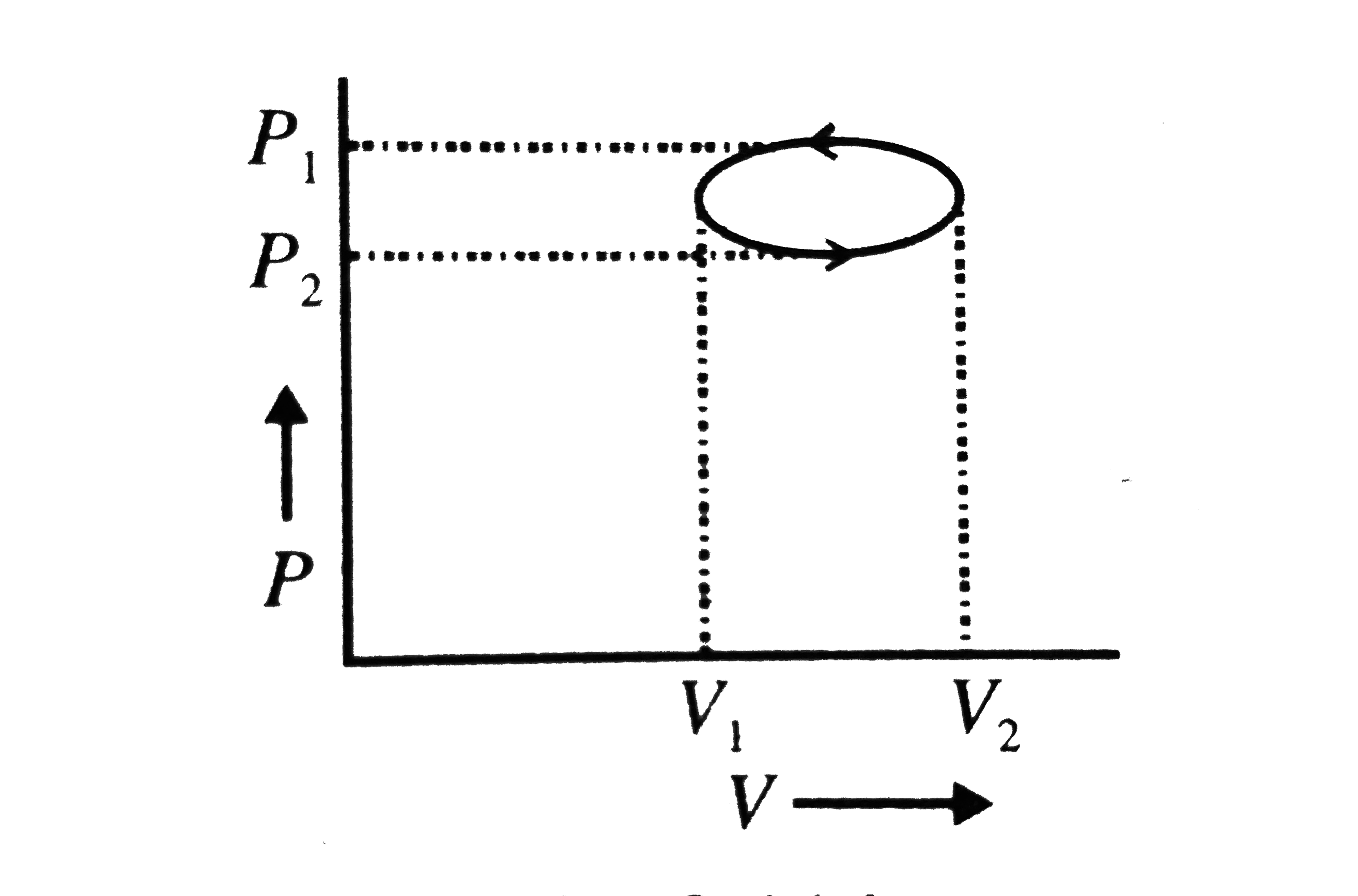 View Solution
View SolutionThe adiabatic relation between P and T is
View Solution

